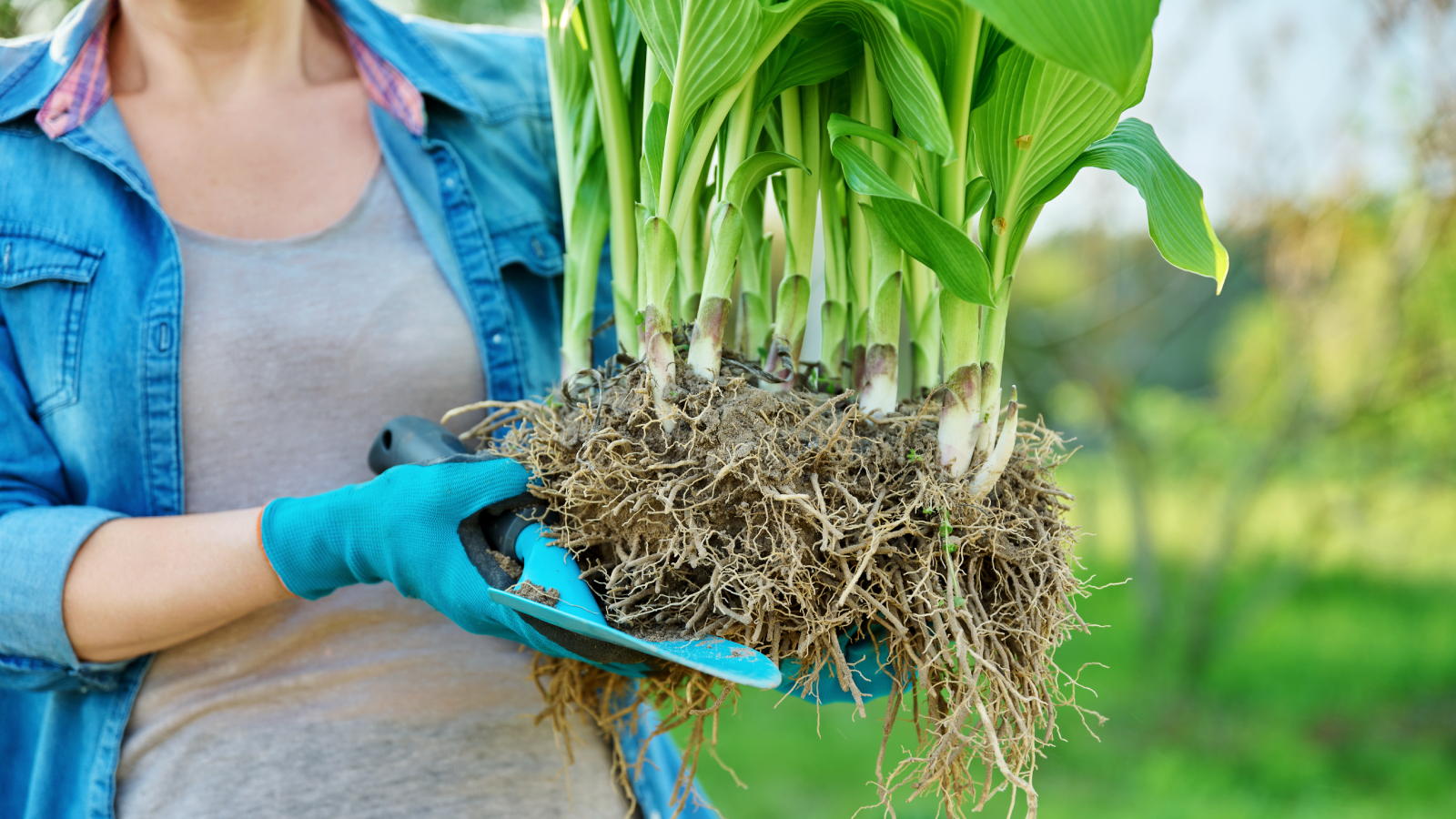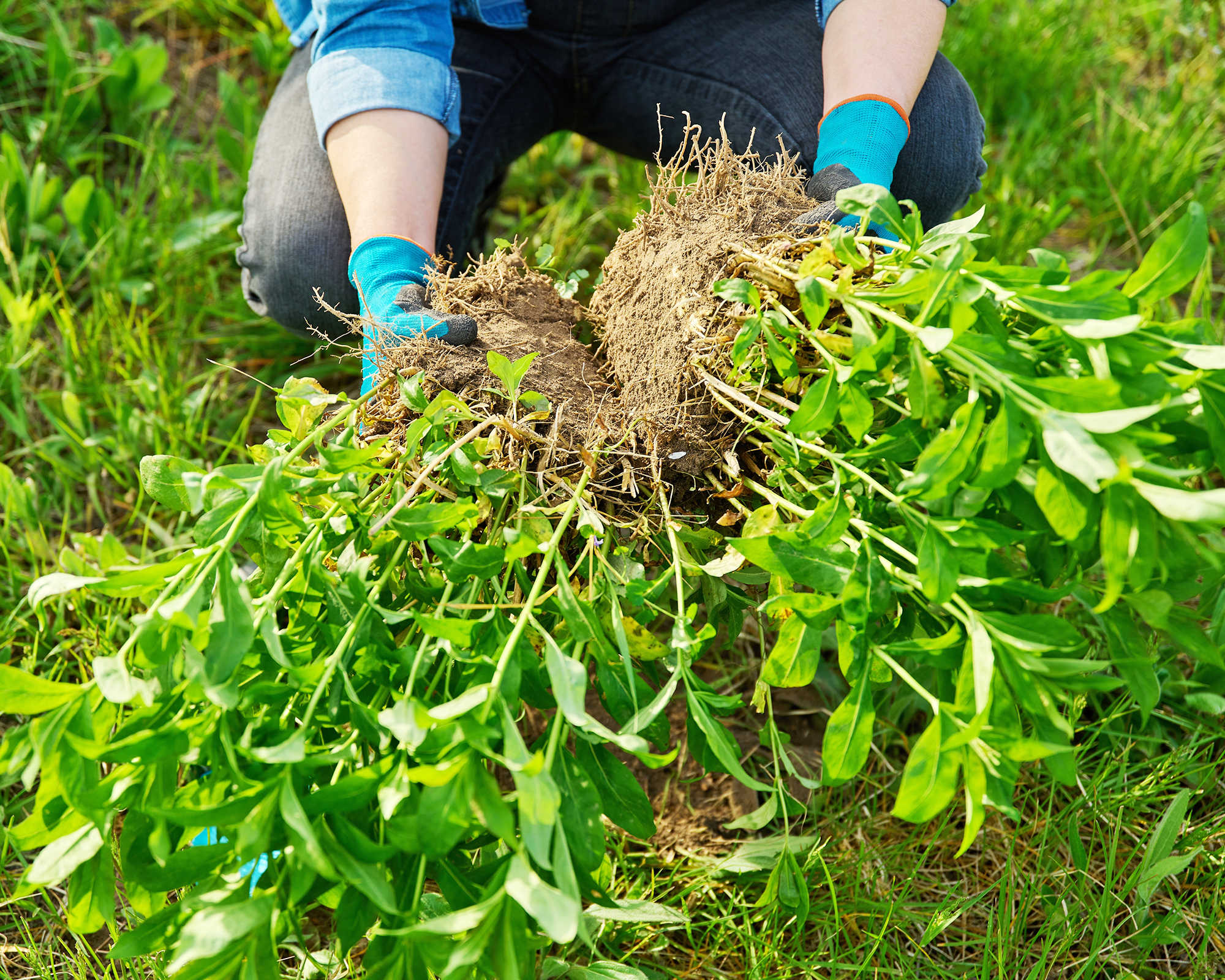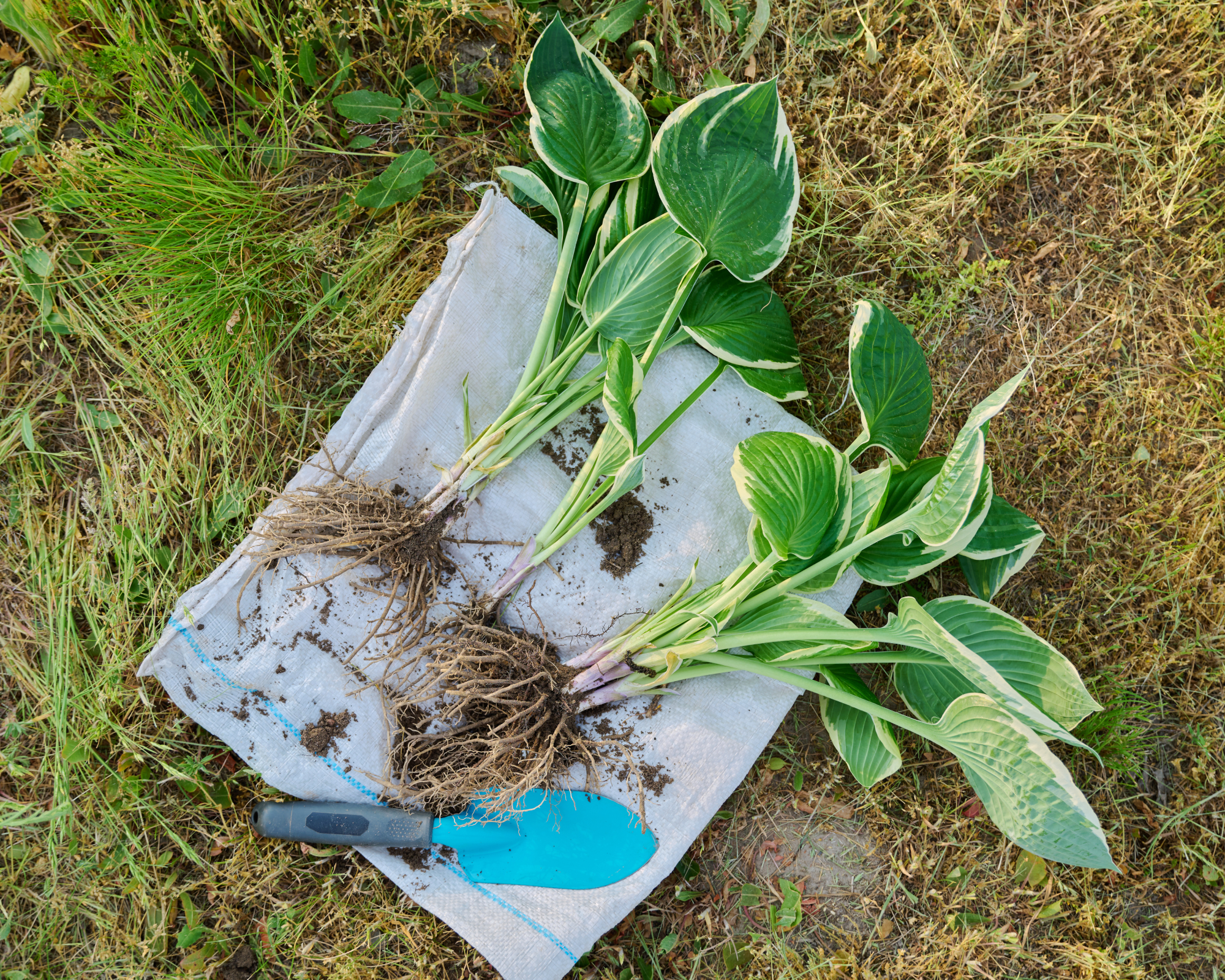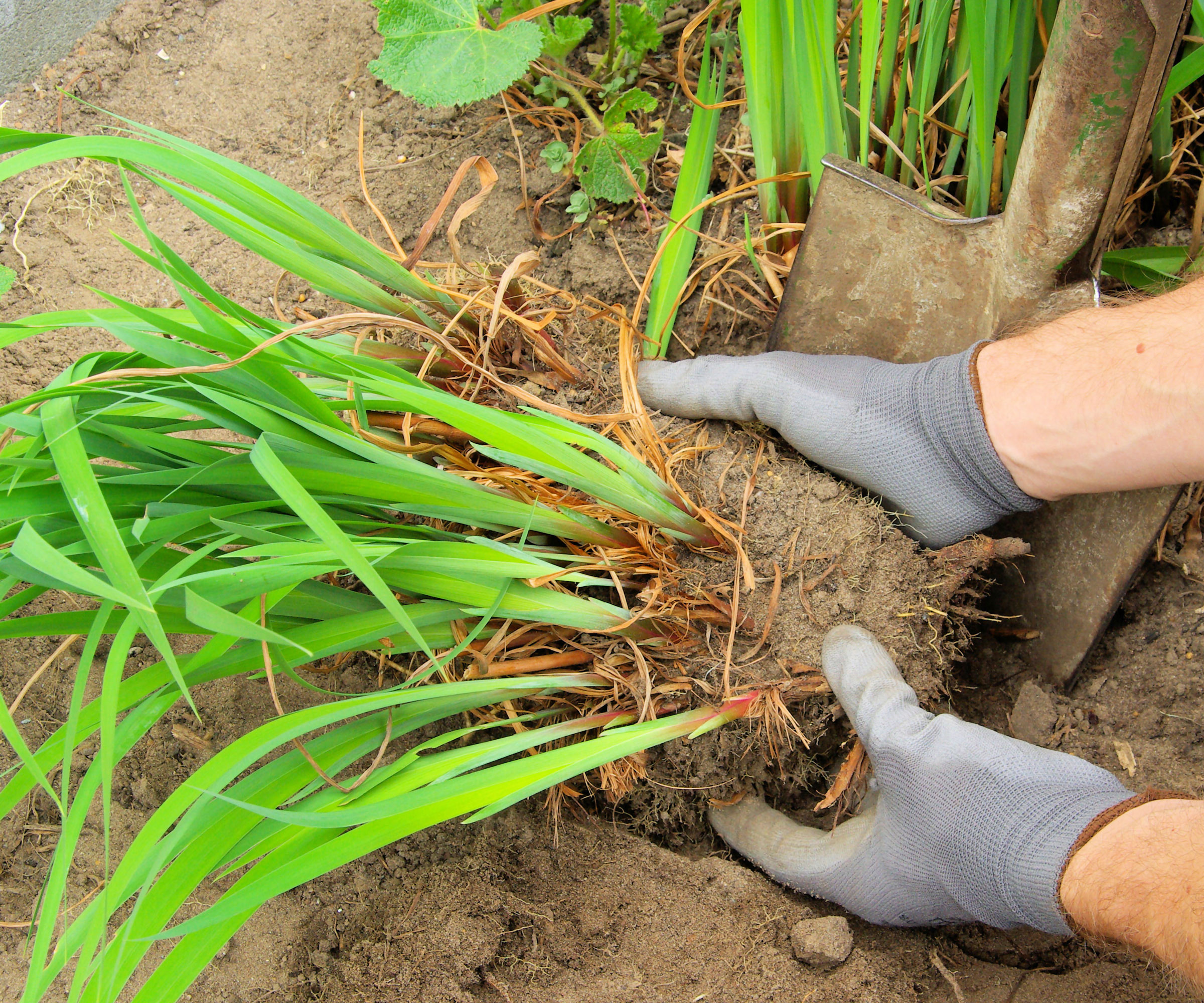"Can I Divide Perennials in Summer?" Splitting Plants in Late Summer Can Boost Blooms Next Year, but Only if You Time it Right
Wondering if you can divide perennials in summer? Splitting plants can boost health and help you score more blooms next year—as long as the timing is right.


Dividing perennials in summer might sound wild, but it’s a slick way to perk up crowded plants and grow your garden. It can freshen up tired perennial clumps and help plants push out stronger roots and fatter flowers.
Whether you’re just starting out or a green-thumbed pro, dividing plants is a necessary skill every gardener should know. I’ve seen sad patches bounce back big time after a properly handled summer plant division, but you have to time it right.
Summer isn’t the typical time most people divide plants, but there are some benefits to splitting perennials now before fall weather arrives. I’ll walk you through what they are, which varieties to tackle now, and how to divide perennials in summer without harming plants.
Benefits of Dividing Perennials in Summer
Dividing long-lived perennials in summer is a smart play to wake up plants that are too cozy together. Overcrowding chokes out nutrients and cuts down on flowers, but splitting them helps boost root health and new growth.
Plus, it creates extra plants you can share with family, friends, neighbors, or use to expand your own garden for free. You might even trade those extra plants with fellow gardeners for new varieties to spice up your own garden.

What if you decide not to divide? You might end up with wimpy plants, fewer blooms, or even lose some plants altogether as they fight for space.
Hardy plants like hostas and daylilies can turn into a hot mess if ignored, so they benefit from a summer splitting session. But steer clear of summer splits on picky plants like peonies that prefer never to be divided and bearded irises and other perennials you should divide in fall.
Sign up for the Gardening Know How newsletter today and receive a free copy of our e-book "How to Grow Delicious Tomatoes".
Best Perennials To Divide in Summer
Summer division is a go for tough perennials that can roll with the heat. Here are some of the best plants to divide in summer:
Black-eyed Susans and coneflowers are champs to divide after blooming. Other standouts, like Shasta daisies, love a summer refresh. Asters are tough as nails, too. But dividing asters before their fall bloom could diminish flowers this year. Split perennials every two to three years to keep these low-maintenance plants looking their best.

Hostas and ferns can also handle summer division and will bounce back with a little extra TLC. You can also split some lilies, if they’re dormant. But watch them carefully after dividing to make sure they’re ok.
When dividing plants in summer, pick healthy, established clumps of perennials and skip the stressed newbies for the best shot. Divide plants on a cloudy day to give them an easier start and you’ll see them take off even faster.
When To Divide Perennials in Summer
Late summer is the best time to divide perennials during the growing season. August to early September is ideal in most climates.
Dividing at the end of summer gives roots time to rest and start to regrow before winter hits. Many flowers have also faded by this point in the summer, so the plant’s energy is heading back to the roots. This will help divisions succeed.
Where you live can change the timing, though. Warmer USDA growing zones, like anywhere zone 9 or warmer, might need a June to early July division to dodge the scorch. But for cooler climates, like zone 4 and below, you can stretch summer division time into September.
Also, be sure to watch the soil to get the timing right. Aim for damp, but not swampy soil, to figure out the exact day you should divide. A moisture meter, like this one from Amazon, can help you determine when soil conditions are right.

How To Divide Perennials in Summer
Before dividing plants in summer, water your plants the day prior to help loosen the soil and prep them for the traumatic experience ahead.
Then grab a sharp spade or garden fork and dig around the clump, lifting it carefully. For soft rooted plants, like hostas, pull roots apart by hand. Sometimes tougher plants, like asters, require a knife. Gear up with a hori hori knife, like this one from Amazon, or pruning shears.
You can also split plants into more divisions, depending on the size of your perennials. Make sure each divided section has a good root system attached. Then finally, after replanting, trim back foliage by a third to help plants conserve water.
What To Do After Dividing Perennials
When planting newly divided perennials, space plants 12-18 inches (30-45 cm) apart to avoid future crowding. And don’t just walk away after dividing your plants.
Water new divisions right away to settle roots and help plants recover from the shock or being split and moved. Keep soil moist, but not soggy for two weeks. Some folks also swear by weekly misting in the first month, if summer heat sticks around.

Toss on 2-3 inches (5-7.6 cm) of good bark mulch to lock in moisture and shield roots from sun. And keep an eye out for yellow leaves and make sure to snip off any damaged bits to help direct energy to the roots.
After a month or so, give plants a light feeding with an all-purpose fertilizer, like this one from Amazon, to boost new growth and help plants get situated in their new home.
Problems Dividing Perennials in Summer
Heat is the big problem when it comes to dividing perennials in summer. Splitting plants in full sun can fry them and make it almost impossible for them to recover. I’ve seen divisions keel over from transplant shock when left out too long.
Watch for wilting after dividing. That is a sign to tweak care and baby your plants a bit. I once saved a wilted split by shading it with a bucket for a day and that worked like a charm! Watch your plants closely and let them tell you what they need.
Root damage is another issue to watch out for. Rough digging or using a dull tool can damage roots and slow plant recovery.
Also, never divide plants during a drought. Wait for rain or water deep to keep the chance of shock low. Water is vital when it comes to dividing plants, especially during the summer months. Water plants before dividing, immediately after replanting, and give them lots of good drinks for the weeks following their move.

Tyler’s passion began with indoor gardening and deepened as he studied plant-fungi interactions in controlled settings. With a microbiology background focused on fungi, he’s spent over a decade solving tough and intricate gardening problems. After spinal injuries and brain surgery, Tyler’s approach to gardening changed. It became less about the hobby and more about recovery and adapting to physical limits. His growing success shows that disability doesn’t have to stop you from your goals.